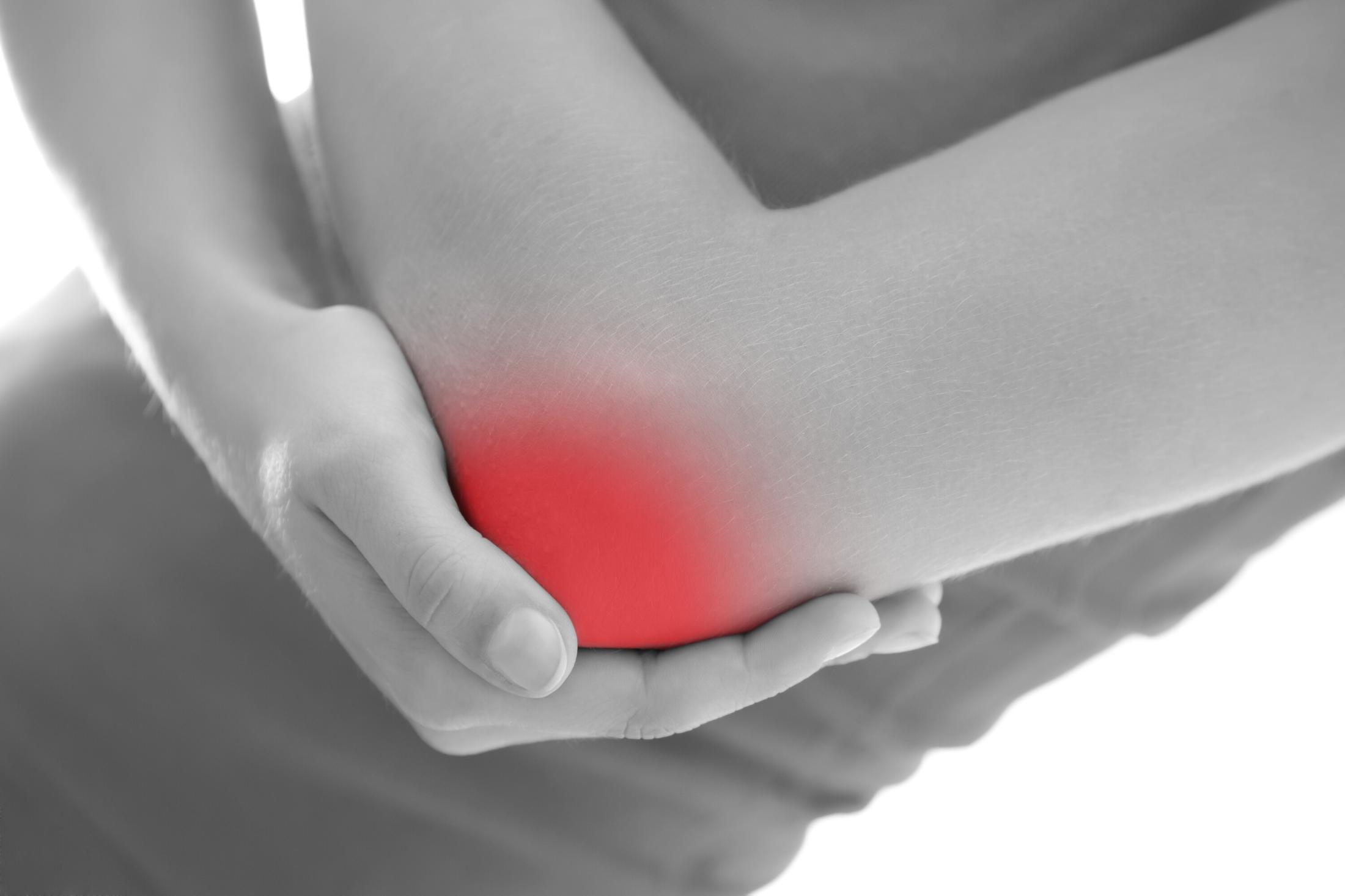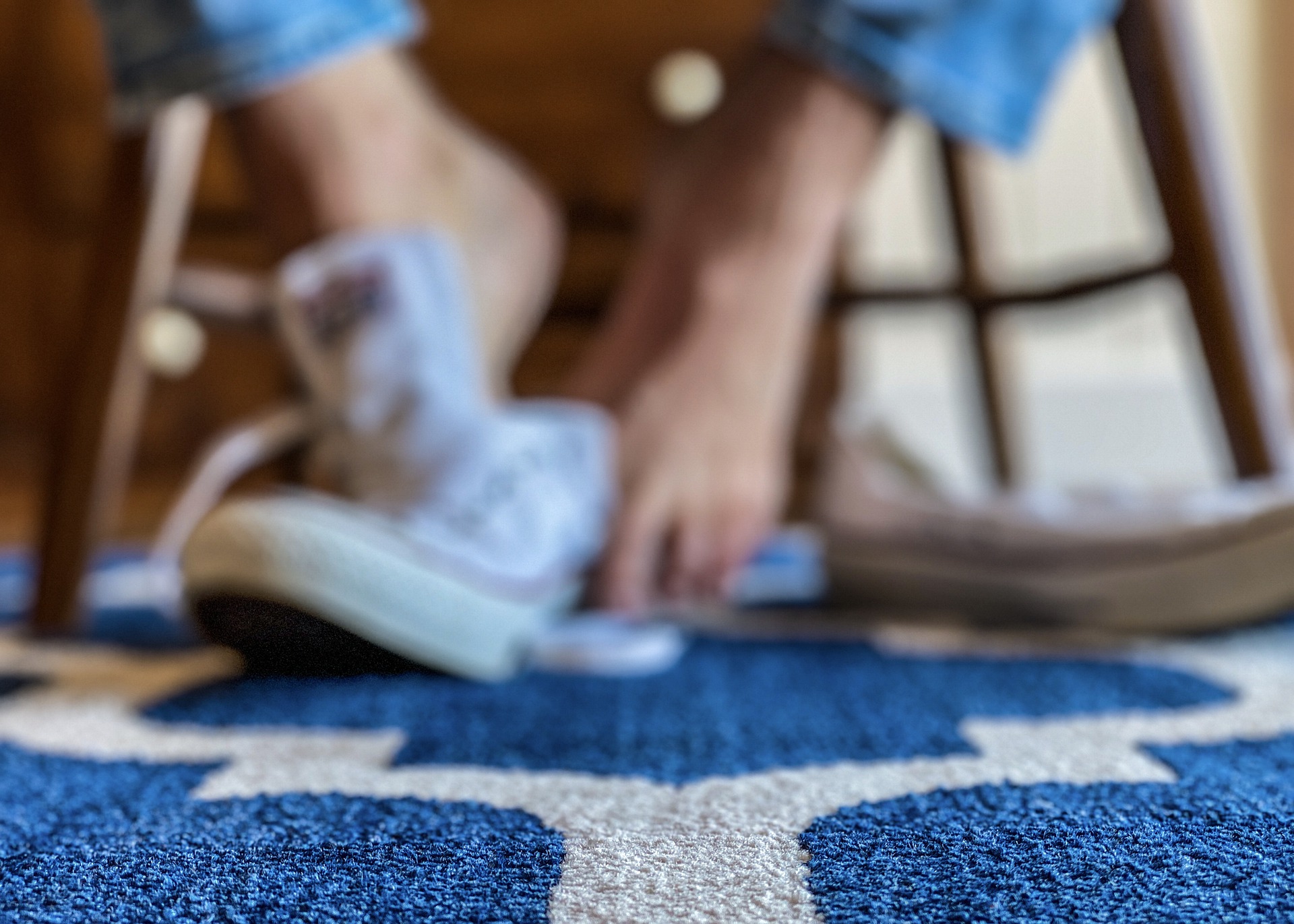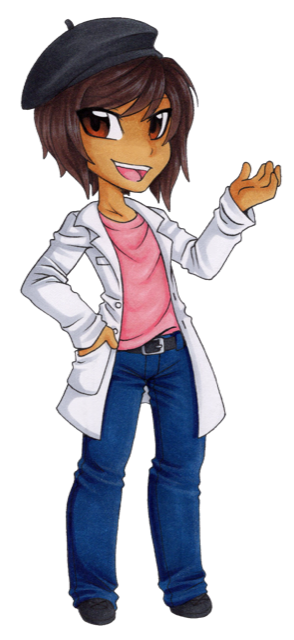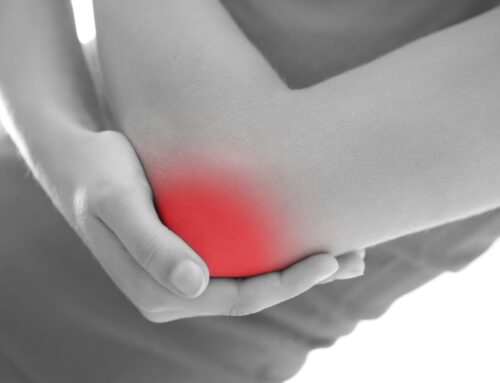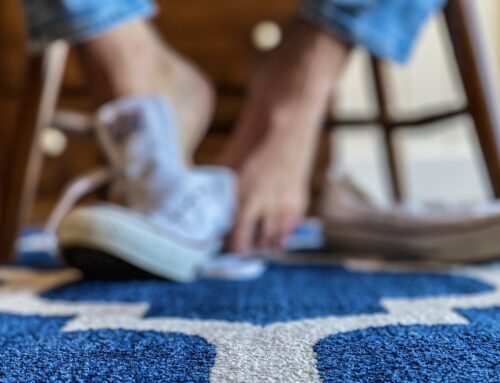The fascinating journey of orthotic footwear began millennia ago, with our ancestors recognizing the need for additional foot support. As humans walked, ran, and traversed diverse terrains, the feet demanded comfort, stability, and protection, leading to the inception of modern orthotics. Throughout history, different civilizations have developed varying solutions to meet these needs, continuously refining and optimizing designs for maximum benefit.
Today, modern orthotics stand out, marked by innovation, technology, and profound understanding of biomechanics. They play a crucial role in enhancing foot health, offering precision-designed supports. These supports align the foot and ankle efficiently. They have evolved beyond the basic supports of the past, addressing various foot ailments. They optimize athletic performance and ensure everyday comfort.
This evolution to sophisticated modern orthotics isn’t just about technology. It signifies our ongoing pursuit of health, comfort, and functionality.
Tracing the Roots: The Early Days of Orthotic Footwear
The concept of orthotic footwear is ancient, with roots in early civilizations. It dates back to when humans first perceived the need for extra foot support.
The Cradle of Civilization: Ancient Orthotics
Early humans, often traversing rugged terrains, felt the need for foot support and protection against the elements. Archaeological findings suggest that various ancient civilizations, such as the Egyptians and Greeks, utilized rudimentary forms of orthotics. These were typically simplistic, tailored to provide comfort, alleviate pain, and assist in mobility.
Middle Ages: A Step Forward
Venturing into the Middle Ages, orthotic footwear subtly evolved. Designs became more refined, acknowledging the importance of proper foot alignment and support to avoid discomfort and ensure proper posture and balance.
Renaissance to Industrial Revolution: Emergence of Specialization
From the Renaissance through the Industrial Revolution, the understanding of human anatomy and biomechanics flourished. This period saw a marked shift towards specialization in orthotic footwear, addressing specific ailments and conditions. With the advent of new materials and manufacturing techniques, orthotic devices became more accessible and customizable, laying the foundation for the development of Modern Orthotics.
This progression highlights humanity’s enduring endeavour to enhance comfort, functionality, and well-being. It paints a vivid picture of our continuous strive for innovation and refinement in orthotic footwear, leading to the sophisticated solutions available in today’s realm of Modern Orthotics.
Turn of the Century: Developments in Orthotic Footwear
As the wheel of time turned, the 19th and 20th centuries marked significant advancements in the domain of orthotic footwear. This era saw the amalgamation of scientific insight and medical research, propelling orthotics into a new paradigm.
Medical and Research-Based Developments
Medical insights and focused research refined orthotic creation into a nuanced, precise practice. This period highlighted the link between foot mechanics, body alignment, and overall health, emphasizing the importance of meticulously crafted orthotics.
Evolution in Material and Design
Materials and designs experienced revolutionary advancements, aiming for optimal functionality and effectiveness. Leather, metal, and eventually, plastics and foam, became essential in orthotic construction, each providing varying support, flexibility, and comfort.
Tailoring to Individual Needs
Customization became increasingly significant. Understanding that everyone has unique foot anatomy spurred the creation of specialized orthotics to meet individual needs, conditions, and preferences. This personalized touch led to the versatile Modern Orthotics available today.
Developments at the century’s turn played a crucial role in directing orthotic footwear’s evolution, highlighting the significance of scientific knowledge, innovative materials, and tailored solutions in promoting foot health and overall well-being.
Rise of Modern Orthotics
Stepping into the contemporary era, Modern Orthotics are advanced versions of their historical counterparts. They reflect progress in technology, materials, and design philosophies. Modern iterations, unlike past solutions, use advanced technologies and materials to provide unmatched support, comfort, and functionality.
Employing Advanced Technology and Materials
Modern Orthotics leverage cutting-edge technology and research to address a plethora of foot conditions and alignment issues. The utilization of diverse materials such as memory foam, thermoplastics, and high-grade polymers ensures durability, flexibility, and precise support, adapting seamlessly to the contours of the foot.
Customization and Personalization
Delving deeper, the essence of modern orthotics thrives on customization and personalization. The fusion of 3D printing and digital foot scanning enables the creation of orthotics that are meticulously tailored to the individual’s foot structure, preferences, and needs. This technological synergy allows for optimal alignment, enhanced stability, and alleviated discomfort, offering a personalized approach to foot health.
This holistic approach to customization in Modern Orthotics signifies a paradigm shift from generalized to individualized solutions, providing a bespoke experience that caters to the unique anatomical and biomechanical attributes of each individual.
Benefits and Applications of Modern Orthotics
In the intricate tapestry of foot health and mobility, Modern Orthotics weave significant benefits, encompassing diverse applications spanning medical intervention to daily comfort. These advanced foot support systems have transcended the boundaries of therapeutic applications, becoming integral in various fields and aspects of life.
Advantages of Using Modern Orthotics
The myriad advantages of Modern Orthotics are multifaceted. They deliver precise support, correct foot imbalances, and mitigate the impact on joints, paving the way for enhanced mobility and reduced discomfort. Their role in preventing the progression of foot deformities and alleviating pain is paramount, offering a proactive approach to foot health.
Diverse Applications Across Fields
Modern Orthotics have permeated various domains, including sports, healthcare, and everyday life, offering specialized solutions tailored to distinct needs. Athletes leverage them for optimal performance and injury prevention. Individuals with specific medical conditions find solace in the customized support and alignment correction they provide. Orthotics serve as a cornerstone for those seeking daily comfort and stability, addressing the challenges of prolonged standing and walking.
Aiding Medical Treatment and Daily Comfort
The intersection of medical treatment and Modern Orthotics is profound. They are instrumental in the therapeutic journey of individuals with conditions like plantar fasciitis, flat feet, and diabetes, offering relief and fostering optimal foot health. Their incorporation in daily routines elevates comfort levels, allowing individuals to navigate their day with ease and confidence, free from the constraints of foot discomfort.
The applications and benefits of Modern Orthotics are expansive, transforming lives by enhancing comfort, enabling mobility, and facilitating a harmonious interaction between the body and its environment.
The Future of Orthotics
Peering into the future of orthotics unveils a horizon teeming with innovative potential and transformative advancements. The realm of orthotic technology is poised for evolution, with emerging trends and novel developments anticipated to sculpt the landscape of orthotic solutions and extend their capabilities.
Pioneering Trends in Orthotic Technology
The advent of cutting-edge materials and fabrication techniques is expected to redefine orthotic efficacy and comfort. Advanced scanning and 3D printing technologies are predicted to refine customization, crafting orthotics with unparalleled precision and fit. The integration of smart technology and biomechanical research is foreseen to elevate the functionality and adaptability of orthotic devices, catering to dynamic needs and conditions.
Shaping the Orthotic Landscape
The convergence of science, technology, and medicine will shape orthotics’ future. Breakthroughs in material science will yield lighter, more durable, adaptable orthotics, improving user experience. A focus on preventive care and well-being will broaden orthotics applications, combining preventive, corrective, and rehabilitative paradigms.
Upholding Innovation in Orthotic Solutions
Innovation is key in advancing orthotic solutions. Fostering research, encouraging ingenuity, and embracing new approaches are imperative to unlock orthotics’ full potential. Interdisciplinary collaboration is crucial to discover new dimensions in orthotic applications and optimize their impact.
The future of orthotics holds promise and excitement. Upcoming advancements are set to improve the quality, scope, and versatility of orthotic interventions. This paves the way for more responsive, inclusive, and revolutionary orthotic solutions.
The Last Step
The journey from basic orthotic footwear of our ancestors to today’s “Modern Orthotics” marks significant evolution. This innovative voyage has spanned ages, highlighting humanity’s quest for comfort and foot ailment solutions. Modern orthotics, with advanced technology and precise customization, demonstrate relentless progress, providing unmatched foot support and health.
Modern orthotics go beyond just comfort; they are revolutionary in addressing numerous foot-related issues. In our fast-paced world, the importance of advanced orthotics is profound, serving as the foundation for optimal foot health and functionality.
Don’t let discomfort guide your steps. Schedule a custom orthotic fitting with Care-Med and step into a future of comfort and confidence, where every step reveals the unlimited potentials of modern orthotics.
Share This Story, Choose Your Platform!
Table of Contents
We specialize in orthotics, body braces, and compression wear tailored to your unique needs in Toronto. Reach out to us at info@caremed.care or call 416-782-5353 to book your fitting and consultation.
Experience the difference of customized solutions designed just for you.



